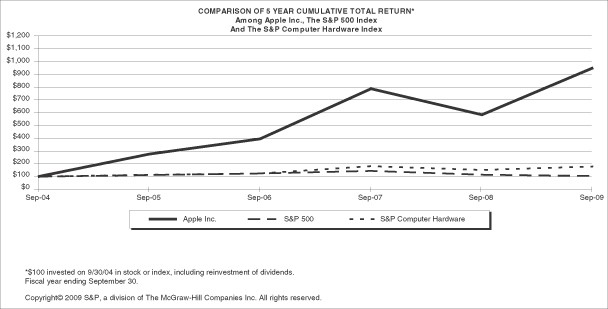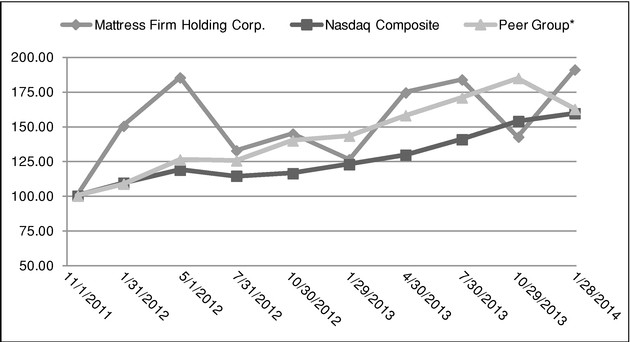Analysis of 291 SEC Form 10K XBRL Financial Filings Blog Digital Financial Reporting (using
Post on: 16 Февраль, 2017 No Comment

More About This Website
This web site provides information on how to use XBRL to help business users exchange business information. Business information incluldes both financial and nonfinancial information. Everything on this site made available to all under a Creative Commons License. Everything may be reused however one sees fit. All we ask is that you give credit where credit is due. If you have any questions, comments, concerns, suggestions, ideas or other feedback, please contact charleshoffman@olywa.net .
Analysis of 291 SEC Form 10-K XBRL Financial Filings
In my work to experiment with and further expand the Financial Report Semantics and Dynamics Theory . I analyzed a set of 291 SEC Form 10-K financial filings. Below are the resources I used which might be helpful to other accountants trying to better understand these filings. (These were Form 10-K filings filed between December 1, 2011 and February 29, 2012.
- Select set of 291 Form 10-K filings . This resource makes it easy to explore the taxonomy and fact tables of these 291 Form 10-K filings.
- Components of select set of 291 Form 10-K filings . This resource lets you look at the common components of each of the 291 Form 10-K filings. For example, you can go to one place and look at each of the 291 balance sheets, income statements, cash flow statements, etc. Great way to compare how different filers modeled similar components.
- Select set of 291 Form 10-K Filers organized by Sector . This is the same list of 291 Form 10-K filers, but here they are organized by sector. This makes it easier to compare filings for filers which are in the same sector.
- Other resources . Here are additional resources which have information about all 4416 Form 10-K and 10-Q filings.
What am I seeing? Well, first off; the entire set of 4416 is consistent with other analysis work which I have done and continues to show the core financial report semantics relating to the existence of assets, liabilities and equity, equity, net income, and net cash flow; plus the balance sheet does, in fact, balance.
Now, for this analysis; what I did was take specific select filings which had all of these core semantics, which where commercial and industrial companies (i.e. they were not in any specific industry or had no specific activities which used industry/activity specific accounting policies such as banking, insurance, real estate, etc.), they had no other obvious errors which would make me believe that the filings were of significanly poor quality, and they had the following additional semantics:

- Current assets and current liabilities were both reported (and found)
- They may not have reported liabilities, but I was able to impute the value for liabilities (i.e. Liabilities and Equity — Equity = Liabilities)
- Liabilities and equity — equity — redeemable noncontrolling interest or temporary equity — liabilities (or the value imputed for liabilities)Income (loss) from continuing operations before taxes was reported (and found)
- Net cash flows from operating, investing, and financing activities were each reported (and found)
- Net cash flow from operating activities + net cash flow from investing activities + Net cash flow from financing activities + exchange gains = Net cash flow
- A concept for revenues was found
- Income tax expense (benefit) was reported (and found)
- I was able to properly impute income (loss) from continuing operations before taxes using the difference between net income (loss) and the income tax expense (benefit)
So basically, what I am saying is that if the filing was a 10-K (and was detailed-tagged), if I found all the core financial relationships to be true, and if I found all of these basic financial relationships above to all be true and if they worked correctly; then I used the filing for my analysis.
What was I looking at? Disclosures mainly.
What did I find? Well first off, pretty much as expected; every filer reported significant accounting policies. Now, they did this in many different ways. but it was there for everyone in one form or another.
Something else I became aware of that had not occurred to me in the past is that information for all disclosures is reported twice: once in the [Text Block]s or marked (Table) in some filings and a second time in the (Detail). Two things about the (Table) stuff which is really [Text Block]s and (Detail) stuff. First, not all sections like this are consistently marked and the is no physical connection between the (Table) and the (Detail) for the same information. Another way of saying this is that I personally wish these were marked consistently and that there was some hook which explicitly indicated that they went together.
Other sections which I found in almost 100% of the filings were things such as:
- Earnings per share [Text Block]
- Segment reporting [Text Block]
- Quarterly financial information [Text Block]
- Income tax disclosures [Text Block]
- Debt disclosures [Text Block]
- Commitments and contingencies [Text Block]
- Goodwill and Intangible Assets Disclosure [Text Block]
- Fair Value Disclosures [Text Block]
- Pension and Other Postretirement Benefits Disclosure [Text Block]
- Property, Plant, and Equipment Disclosures [Text Block]
- Financial Instruments Disclosures [Text Block]
- Stockholders’ Equity Disclosures [Text Block]
- Business Combinations Disclosures [Text Block]
There were other filings which had high number of occurrences but not 100%. But there were, as was expected, lots of consistencies. Now, the filers did not always use the same US GAAP Taxonomy concepts to express the same things, but just like liabilities and stockholders’ equity and liabilities and partner capital and liabilities and member equity are all really liabilities and equity; there is lots and lots of nice consistency.
Further, if you found the [Text Block]s above; what do you think the probability is of the details of those items to likewise exist within the filing? Pretty darn high.
Now, the disclosures work differently than the statements. You pretty much always have a balance sheet, income statement, and cash flow statement. What is on those statements can be much different; but what is rarely different are the fact that balance sheets exist and balance sheets have assets, liabilities and equity, equity, and the balance sheet balances.
While a few of the disclosures always exist, most of the disclosures exist only exist if specific line items exist in the statements of if a reporting entity has those items to disclose. But, if the disclosure exists, it likewise has specific semantics.
What is my point? Semantics. This stuff is not random. There are reasons things show up or if they don’t show up and if they do show up, other things must show up or not show up and the information ties together. This is all like a financial reporting sudoku puzzle .














